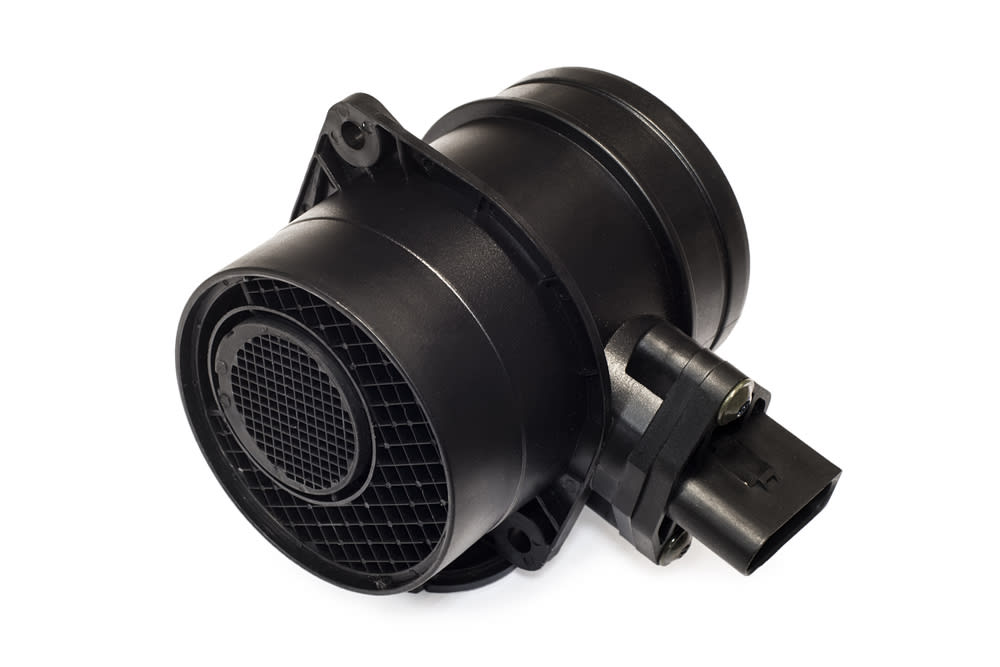

The barometric sensor (also called the barometric pressure sensor, or BAP) is one of a number of sensors on cars that have computer-controlled engines. All it does is measure atmospheric pressure, essentially the same way that a weather barometer does. Then it sends the information to your car’s computer so that it can deliver the proper air/fuel mix to the engine.
Even though you can’t really see or touch air, it does have mass. Air weighs the most at sea level, and the higher up you go, the less the air weighs. What this means, simply stated, is that a car that is being operated at sea level is going to need a different fuel/air mix than one that is being operated in the mountains. Your BAP sensor is always working to let your car know how far above sea level you are, so the computer can ensure that the air/fuel mix is correct.
The BAP is not a part that is replaced on a routine schedule – its life isn’t calculated in terms of miles, or years. It is not a part that fails frequently, but like all electronic components in your vehicle, it can be vulnerable to corrosion as well as wear and tear. Signs that your barometric sensor is failing, or has failed, include:
- Rough idle
- Black smoke at tailpipe
- Check Engine Light is on
If your car is displaying the above symptoms, you should have the barometric sensor checked and/or replaced by a qualified mechanic .



